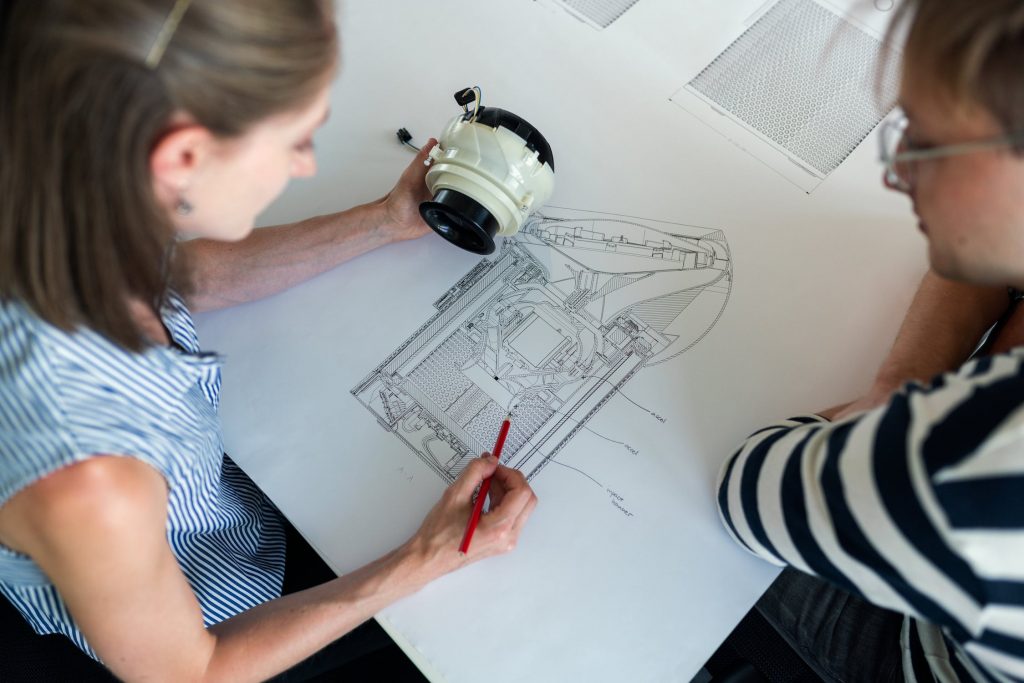
GUEST POST from Tullio Siragusa
A baby elephant was tied to a pole at the zoo. For years she tried to break free tugging at the pole by the rope tied around her neck.
She tried and tried and could never break free.
Many years later, she grew to be a very big and powerful elephant. She was still tied to the same pole. She could break free of her bondage so easily now that she had become a big elephant, but her mind conditioning will not allow her. She doesn’t even try.
Much like the elephant in this story, we have been conditioned for a very long time in a work culture that is based on commands and controls. A work culture supported by an education system that was developed for the assembly line, industrial revolution. An educational system that subtly teaches subservience.
From a society’s viewpoint, we have also been part of a narrative for thousands of years that encourages self-sacrifice, for the greater good, which is contrary to our nature as human beings.
Do we have a lot stacked up against us, or do we just have the baby elephant syndrome, and think we can’t break free?
I was in Russia three years ago. Specifically, in Siberia Russia where I met with Tomsk State University students to talk about freedom-based cultures. We talked about shared authority, self-managed teams, equivalence, and leaders versus bosses.
These young men and women were curious, and open, and had many questions. I had just finished talking about the sense of duplicity that is predominant in many people’s lives today.
Having to be one way at the office, and another at home. We talked about how duplicity causes stress, and worse how it does not foster trust among people because it does not encourage authenticity.
Are you the same person at the office, as you are at home? Does your work environment dictate what you should wear at the office? Do you have to show up and leave at a certain time? Do you have to do things you don’t care to do, just to please your boss? Do you compete with your peers, or work as a team? Are you free to speak your mind and offer up suggestions for company improvements?
Today’s work environment based on command and controls, does not foster innovation, or creativity. Today’s work environment demands conformity.
“Today’s work environment wants you to stay a baby elephant for the rest of your life.”
Freedom Cultures
I went on to explain how leaders earn followers because they are willing to serve, and they are willing to be of service.
What’s the difference between serving and being of service?
You can get paid to serve but being of service is a state of being that cannot be purchased. You enjoy being of service because it is part of who you are at your core.
“True authentic leaders are of service, because they desire to serve — it is a calling.”
The difference between a boss and a leader is that of control vs. freedom. One requires you conform to how things are done, the other encourages you to find better ways to do things, to create, to innovate, and to do things on your terms.
Why would companies not embrace freedom?
Fear is the main reason. The other reason is that much like the elephant they just accept things for how they have been, instead of how things could be.
Some of the questions and comments these young men and women asked me were:
- How do you make the change from a command and control to freedom-based company?
- How can companies adopt this in countries that don’t encourage free societies?
- This is one of those big, change the world ideas, how can it be implemented?
The questions left me feeling a sense of hope and excitement that these university students saw the value of what was being presented and started to wonder about how to implement it.
I answered every question truthfully and made myself available for follow up with any of the students. The comment made about “changing the world” stood out for me.
I looked at the young man in the eyes and said to him: “It is someone like you, who will start a company, become the leader of one, and remember this presentation, that will make the change.
Then one of your people will do the same, and the trickled down effect of that will change a society, a country, and the world.”
Some of us are on a mission to start this change, to spark it, to inspire it, with a Radical Purpose Movement to help organizations embrace freedom and equivalence.
My personal mission and responsibility, as the author of the upcoming book “Emotionally Aware Leadership” is to stop the spread of a worldwide epidemic that fosters co-dependency and keeps us in a mind-set prison of not being able to break free of controls.
“The most pervasive disease that plagues all of humanity is low self-worth.”
True leaders operate from a high level of self-worth that is inner directed, not based on external outcomes, or input. Those leaders encourage others to believe in themselves and to grow.
Want to change the world?
You must break free of the limiting mindset conditioning. You can’t be a giant elephant and act like you are still a baby tied to a pole. More importantly as a leader you want to inspire freedom in your organization, at home, and in the world.
Freedom is synonyms with happiness.
Tomsk State University presentation about freedom-centered cultures:
Image credit: Pexels
Originally published at tulliosiragusa.com on April 29, 2019
![]() Sign up here to get Human-Centered Change & Innovation Weekly delivered to your inbox every week.
Sign up here to get Human-Centered Change & Innovation Weekly delivered to your inbox every week.






 Drum roll please…
Drum roll please…



